These unusual and downright odd images are from the US National Library of Medicine’s collection of more than 17 million items. Lowlights included an X-Ray of Adolf Hitler’s head, graphic illustrations of early-20th-century surgical techniques, images from a Russian book of clinical dermatology from 1887. We’ve featured medical images before on the site and many are available to buy in the shop. These are fine additions to the collection, which features such delights as these illustrations of surgical procedures (not for the squeamish), vivid and nightmarish tales from the US Civil War, and aliens giving birth.
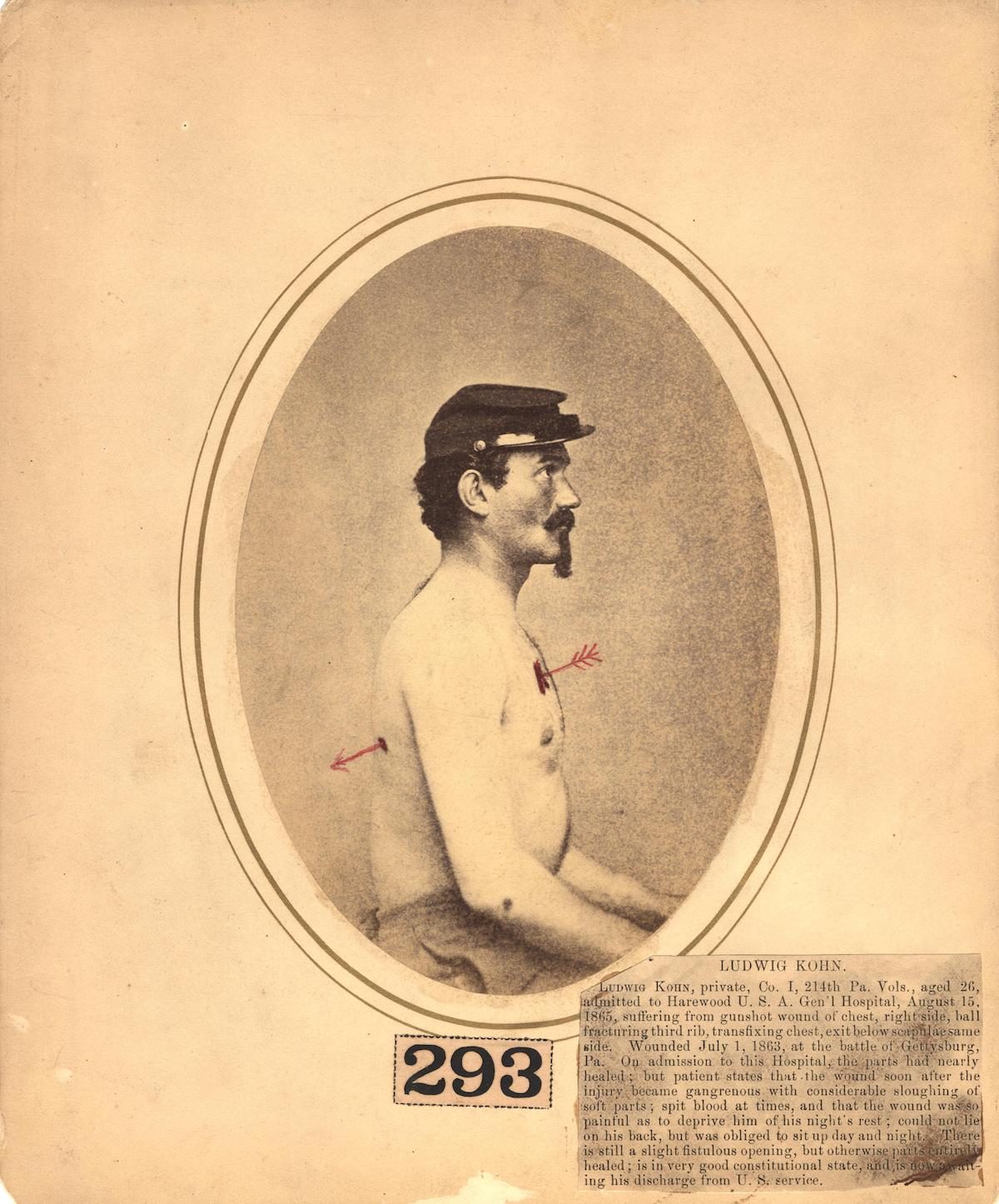
Civil War Surgical Card Collection (1860s) Army Medical Museum and the Surgeon General’s Office
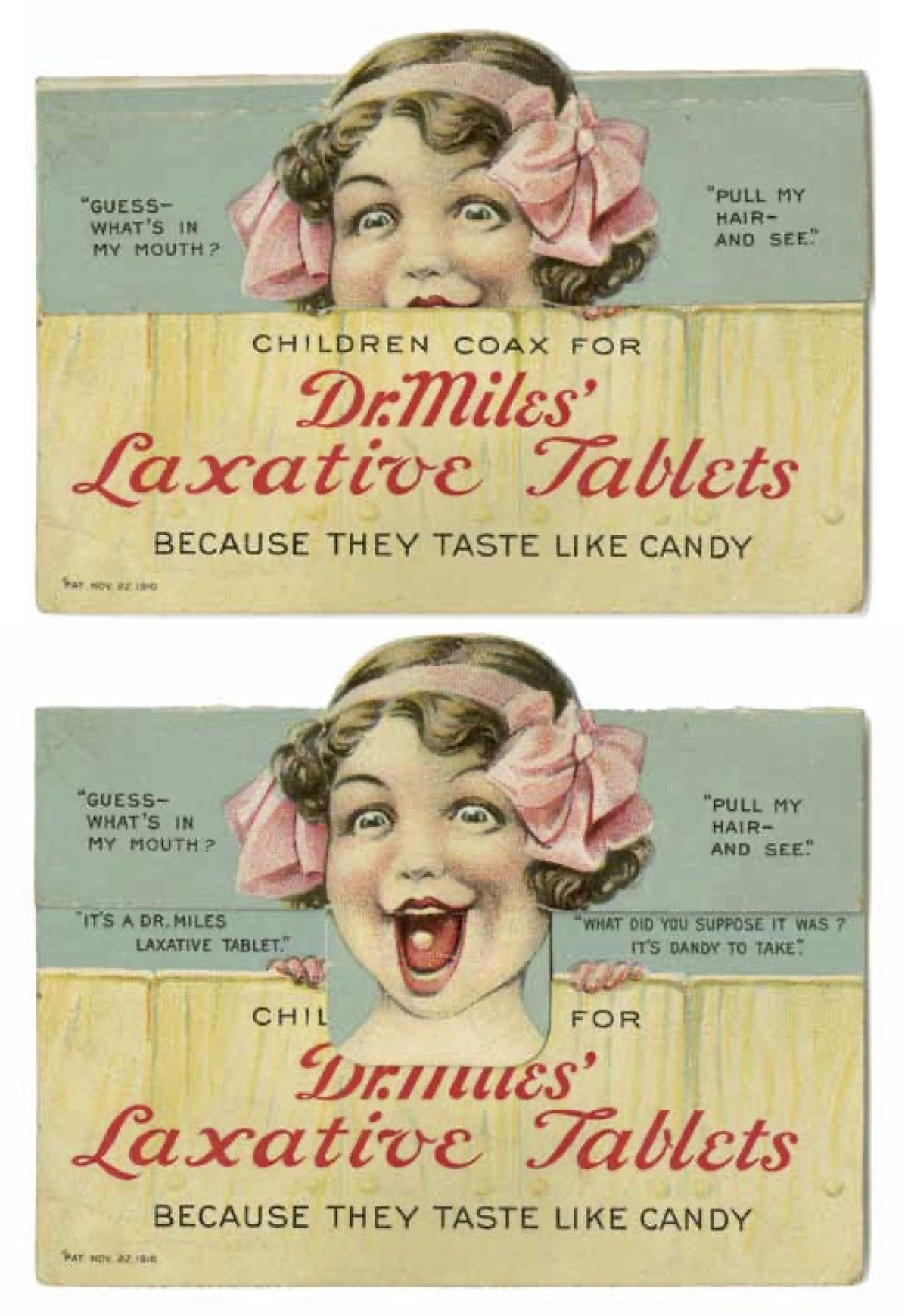
dr. Miles’ Laxative Tablets movable, die-cut advertising novelty card (elkhart, Indiana, ca. 1910). above, reverse side of the card; opposite, the front of the card, lowered and raised
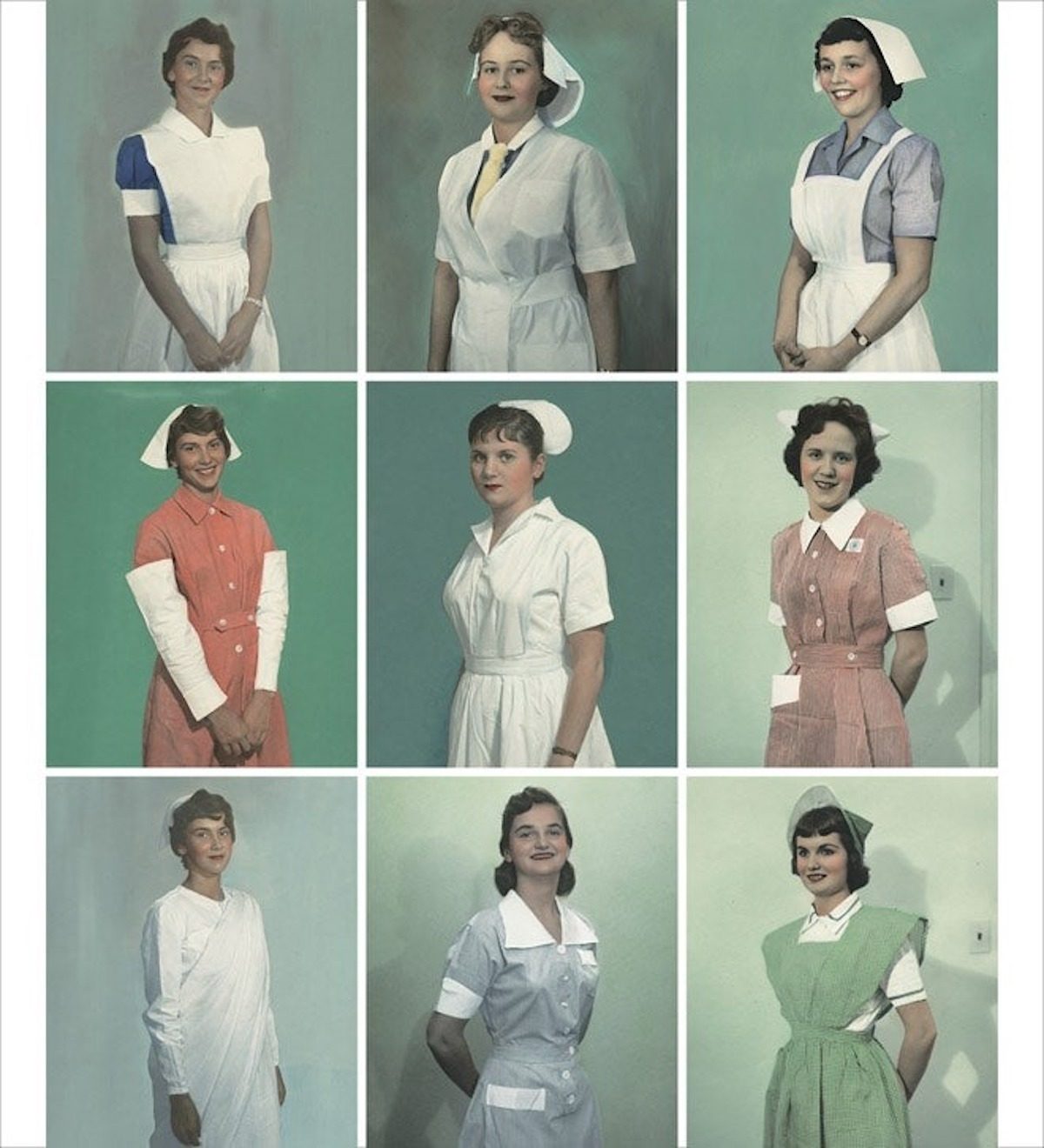
International Nurse Uniform photograph Collection (ca. 1950) Helene Fuld Health foundation
In the 1940s and ’50s, the Helene Fuld Health Foundation, dedicated to the “relief of poverty, suffering, sickness and distress,” focused many of its activities on nursing and produced this set of glossy photographs of nurse uniforms, each representing a nation or region, from Afghanistan to Zanzibar.
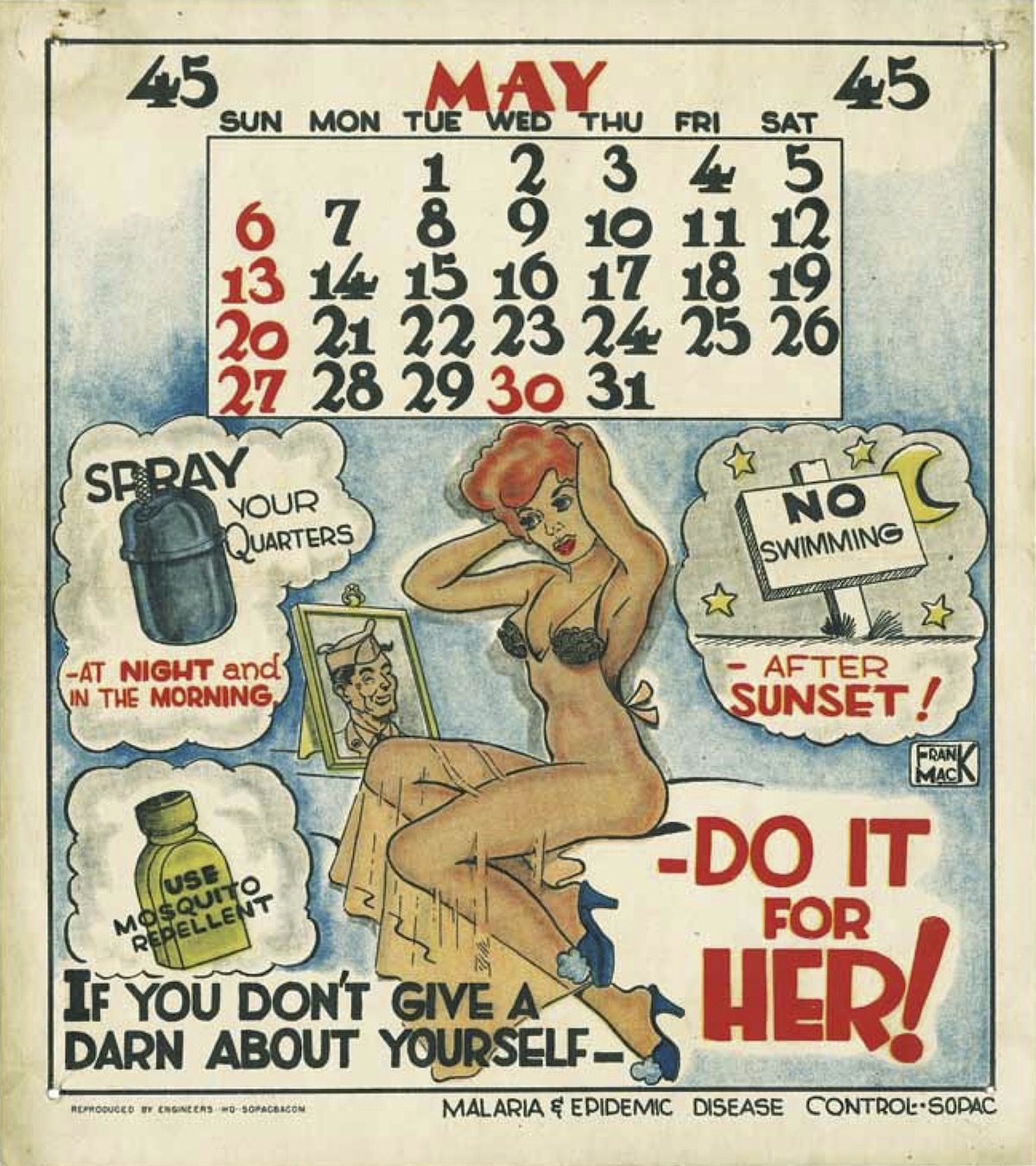
Malaria pinup Calendars (1945) frank Mack, for the U.S. army
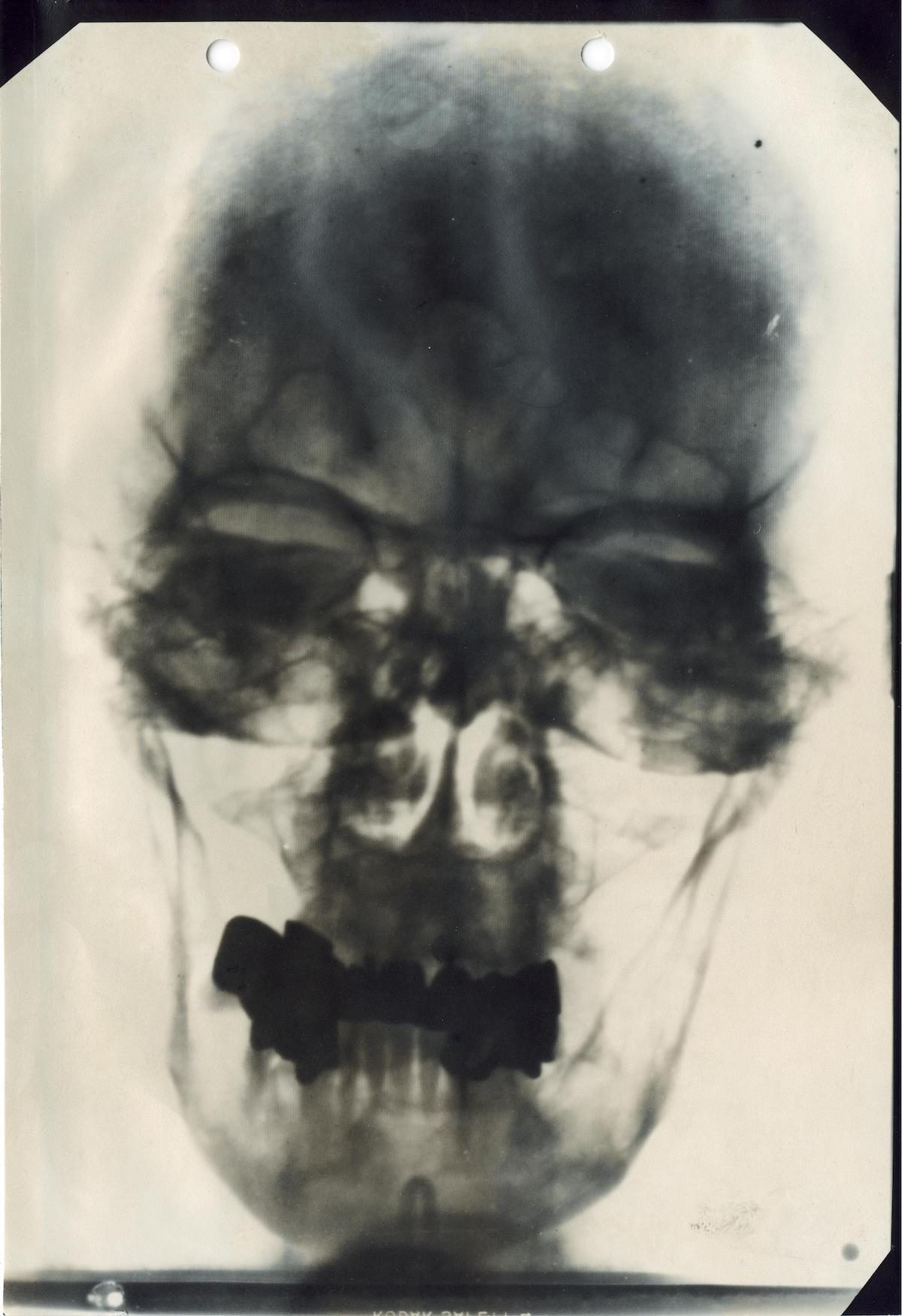
X-ray of Hitler’s nasal passages and teeth. Hitler as Seen by His Doctors
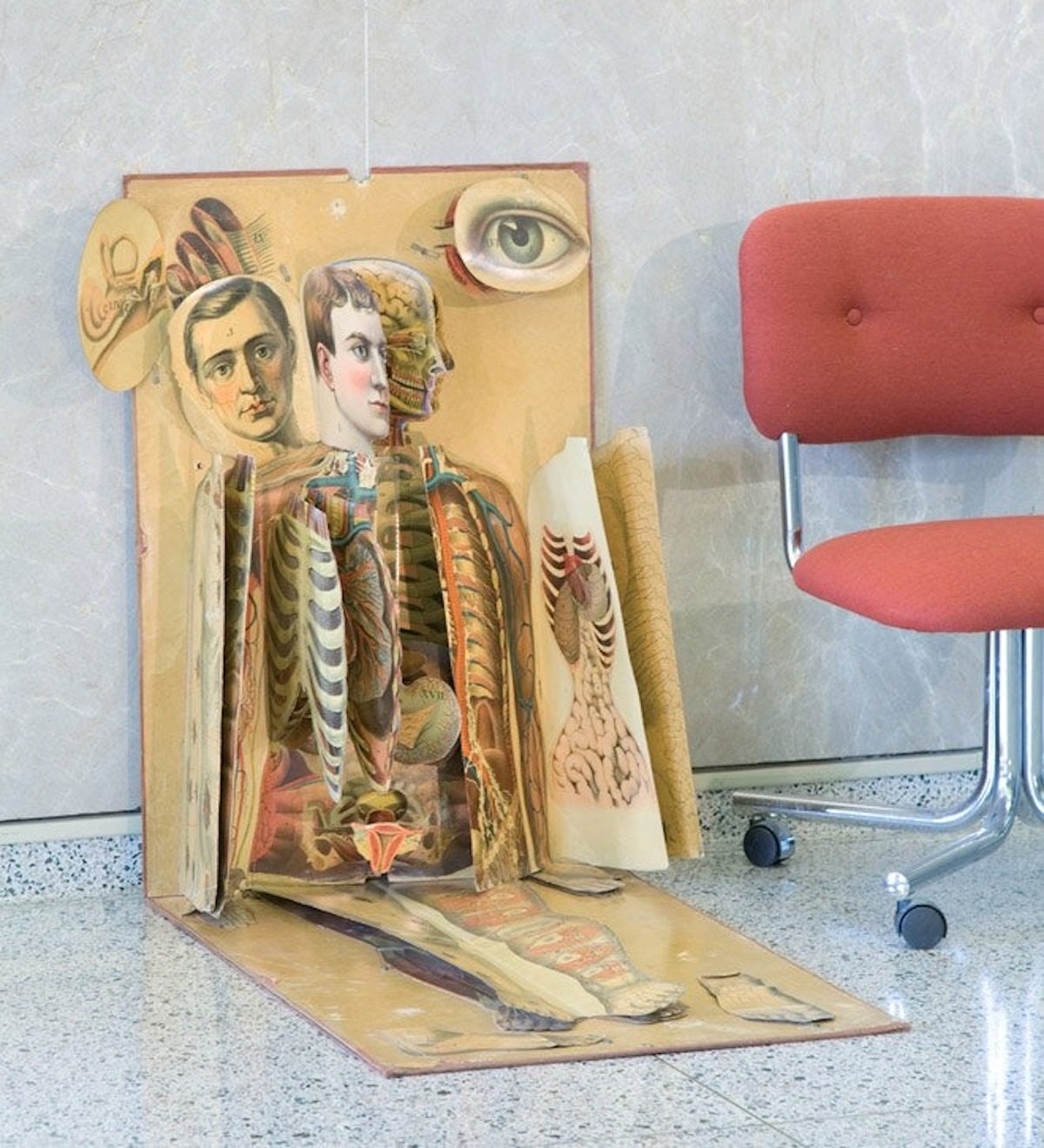
White’s Physiological Manikin (1886) James T. White & Co.
Colored plates demonstrated “the effects of alcohol and narcotics on the human stomach,” deformations of the female rib cage caused by corsetry, and “microscopical sections representing pathological changes occurring in several maladies,” including venereal diseases. The manikin—obviously masculine, but an effigy of the universal human—also contained both male and female organs of “generation.”

Marvels of Things Created and Miraculous Aspects of Existing Things (mid-1200s) al-Qazwini
Al-Qazwini’s narrative of exotic places, peoples, and creatures—monkey men, mermaids, animal-headed demons, and dragons—drew on a tradition stretching back to antiquity. The neckless humans (above, fol. 59a) would have been familiar to Herodotus (fifth century BCE).

Atlas of Topographic Anatomy (1911) – Eugène-Louis Doyen with J-P. Bouchon and R. Doyen

The widely reported 1547 “Monster of Crackow,” a child apparently born with a devilish face and tail, claws instead of hands, eyes on his stomach, and animals heads growing from his elbows, knees, and chest. De conceptu, fol. 43 recto.
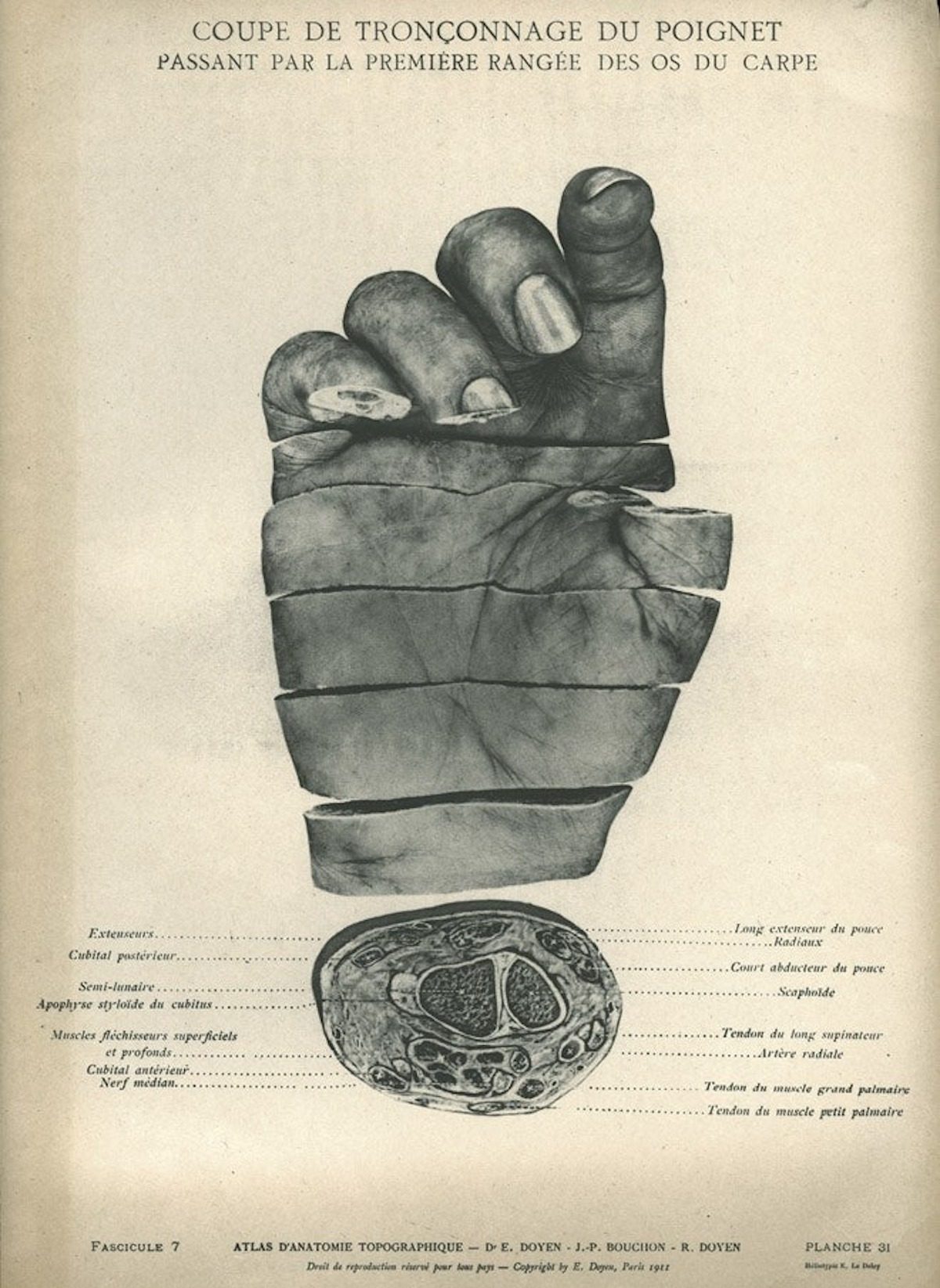
Atlas of Topographic Anatomy (1911) by Eugène-Louis Doyen with J-P. Bouchon and R. Doyen

On Human Conception and Generation (1587) Jakob Rueff, trans. Wolfgang Haller
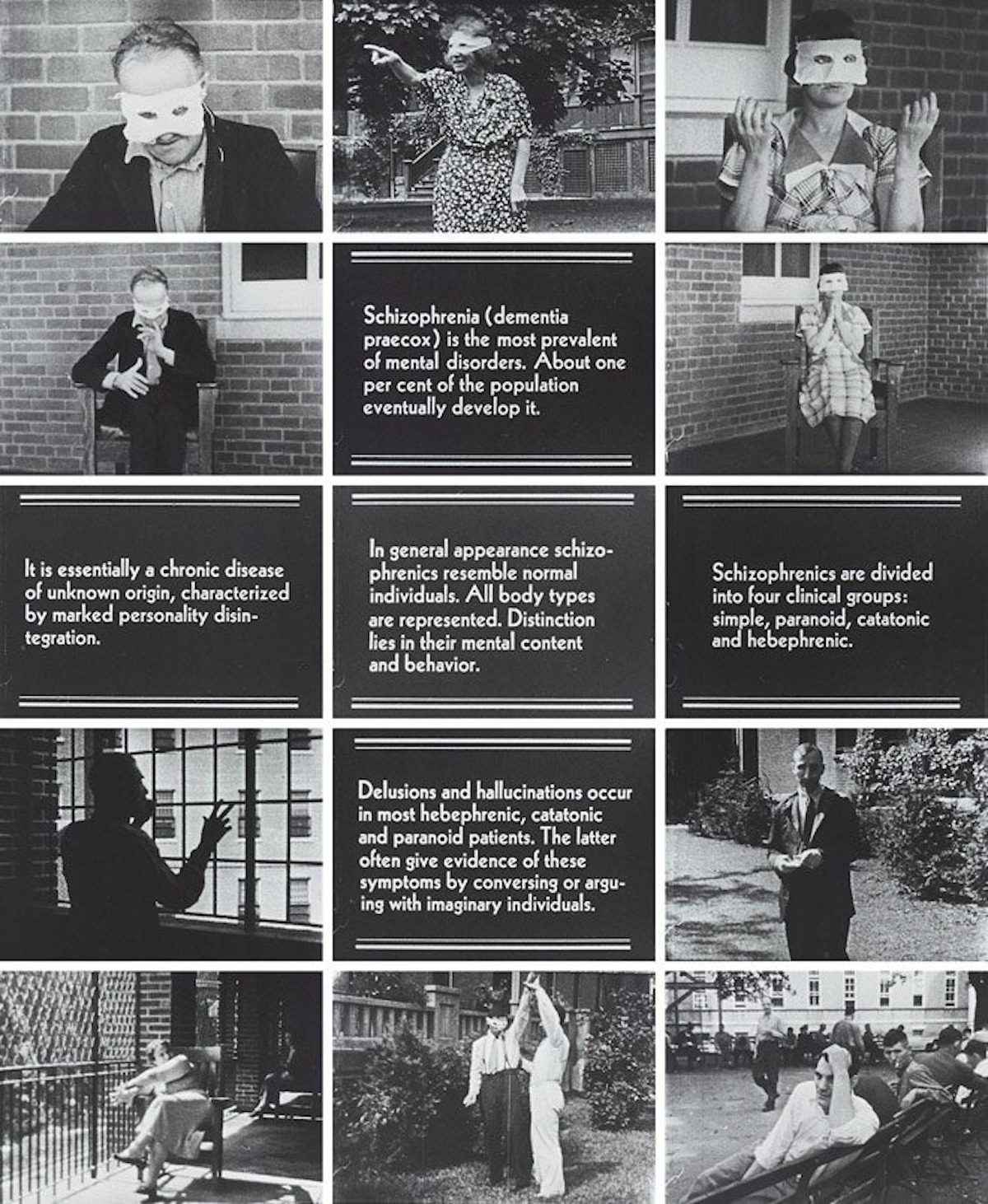
Symptoms in Schizophrenia (ca. 1930) James D. Page
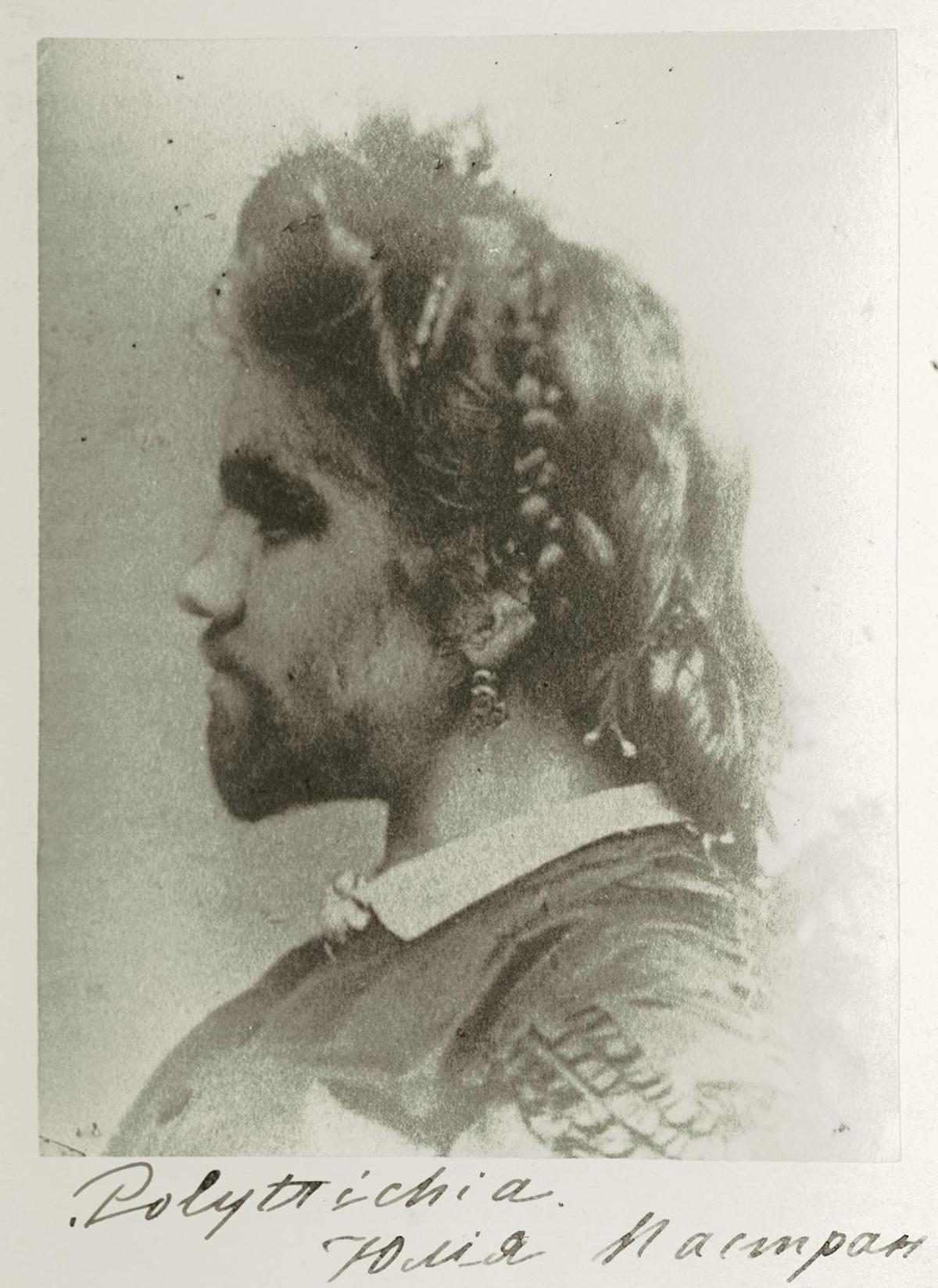
“The Bearded Lady” Julia Pastrana (1834–60), who toured Europe and North America in the 1850s (upper left). Pastrana died in childbirth while in Moscow in 1860.
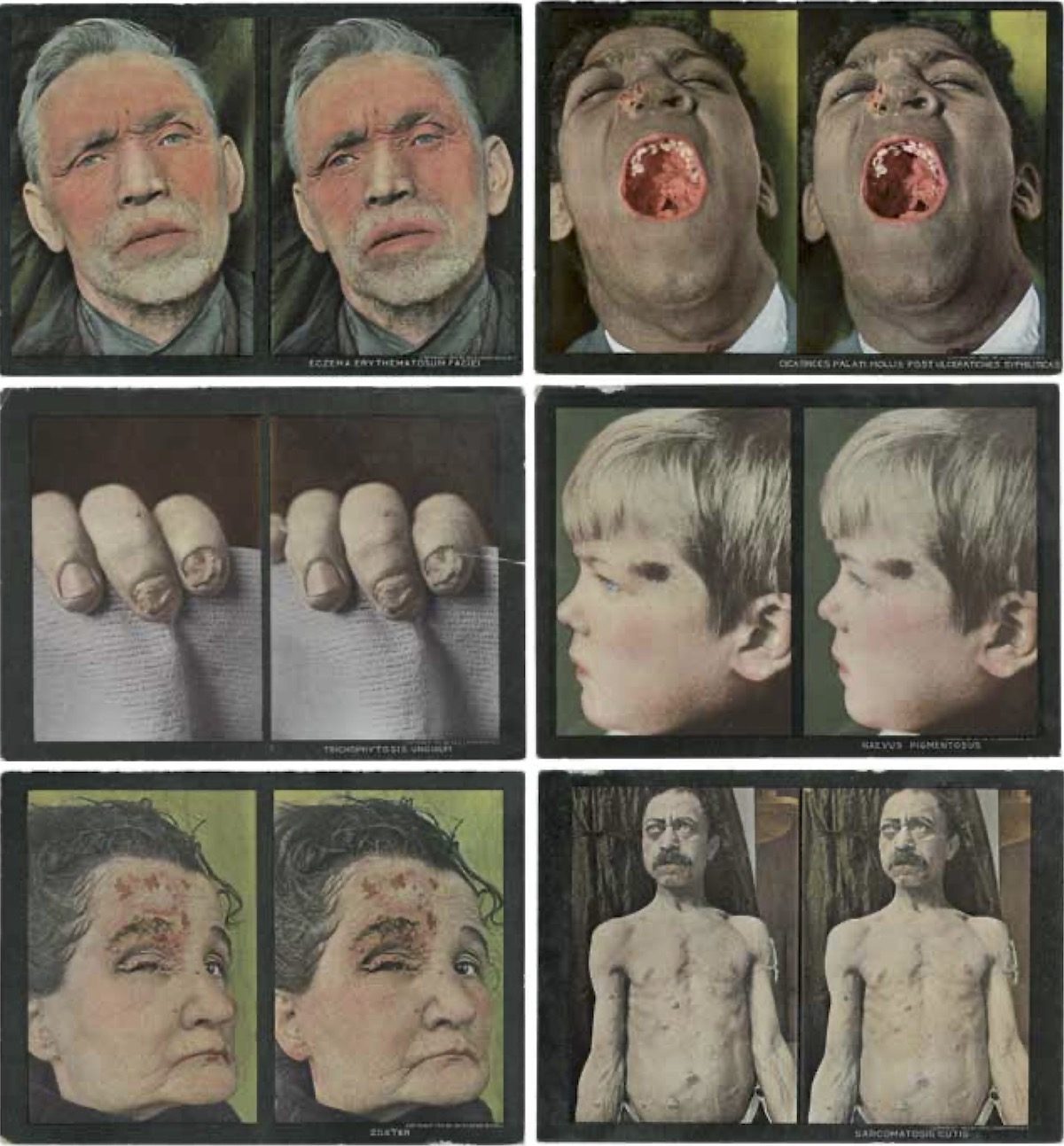
The Stereoscopic Skin Clinic (1910) Selden Irwin Rainforth
Top, L-R: Eczema erythematosum facei: a chronic rash of the face commonly seen in adults. “The excoriations caused by scratching and rubbing alter its appearance.” Cicatrices palate mollis post ulcerationes syphiliticas: “a circumscribed or diffused gummatous infiltration of the soft palate” that occurs in the tertiary stage of syphilis.
Middle, L-R: Trichophytosis unguium: In most instances, ringworm of the nails affects only three or four fingers. “Untreated, the malady persists for years, with no tendency to spontaneous recovery.” Naevus pigmentosus: pigmentary moles may be “present at birth and undergo various development later…. growths smaller than a pea are best removed by electrolysis”; larger growths should be destroyed by an “application of solid carbon dioxid.”
Bottom L-R: Zoster: also known as “shingles,” Herpes zoster is “an acute, self limited, probably specific, infectious disease of the nervous system,” marked by lesions, “slight fever and neuralgic pains.” Sarcomatosis cutis: “Malignant connective tissue tumors . . . may have their origin in any organ of the body,” including the skin. “Nodes develop in various regions but rarely reach any considerable size because death soon ensues.”
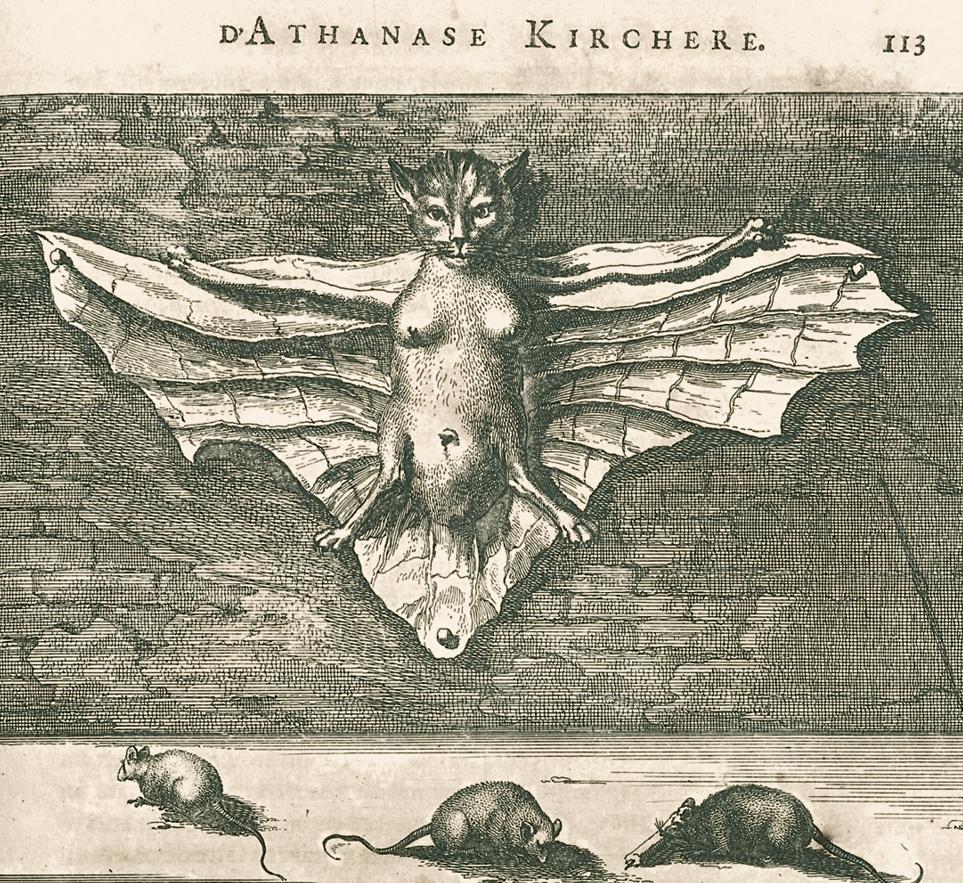
mage of a cat with female torso and bat-like wings nailed to wall above three feeding mice from Athanasius Kircher’s La Chine p. 113.
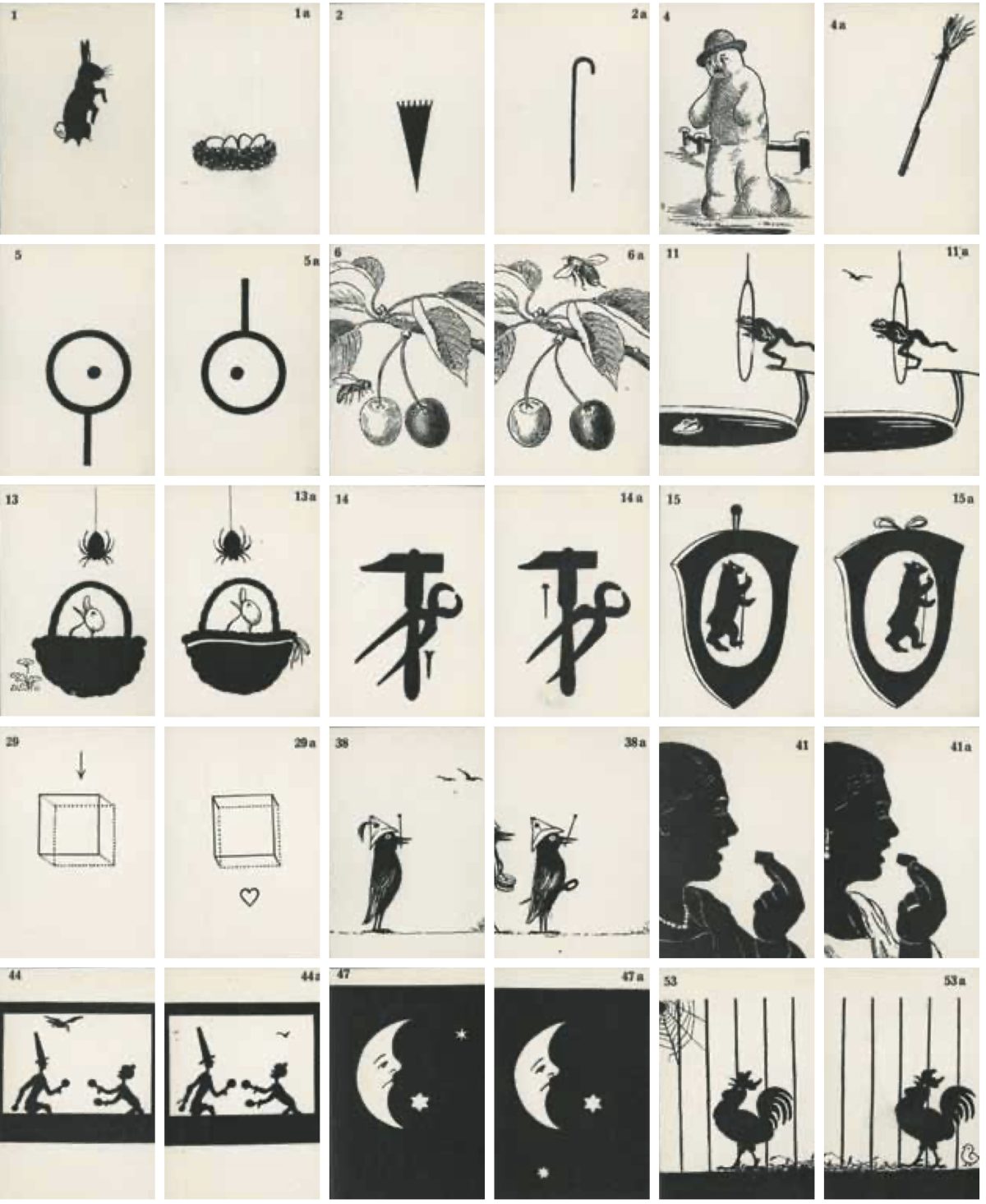
Stereoscopic Pictures for Cross-Eyed Children (1942) Carl Hubert Sattler
Pavlov’s influential work on acquired conditioned reflex suggested that the eye and brain could be retrained with repetitive exercises, particularly in young children. In 1927 Carl Hubert Sattler (1880–1953?), a Königsberg physician, produced an inexpensive set of stereo- scope cards for the diagnosis and treatment of juvenile strabismus at home, subsequently widely translated and reprinted. This edition was published in 1942. The cards come in pairs that, viewed through a stereoscope, make a composite picture. An umbrella handle is bereft of its canopy. The strabismatic child will see only the handle or the canopy. Asking her what she sees will indicate which eye is fixing on an image and which is suppressed. Bringing the images together—seeing the umbrella whole—is the therapy. According to Sattler, other stereoscope cards, featuring abstract shapes, were hard for children to relate to or describe. Thus the sad moon, the chick following the rooster, etc., were designed to make these exercises fun—though generations of children struggling to put the broom in the snowman’s hand might testify differently. An accompanying booklet told parents and physicians what to ask with each pair, often beginning with the phrase “What do you see?”
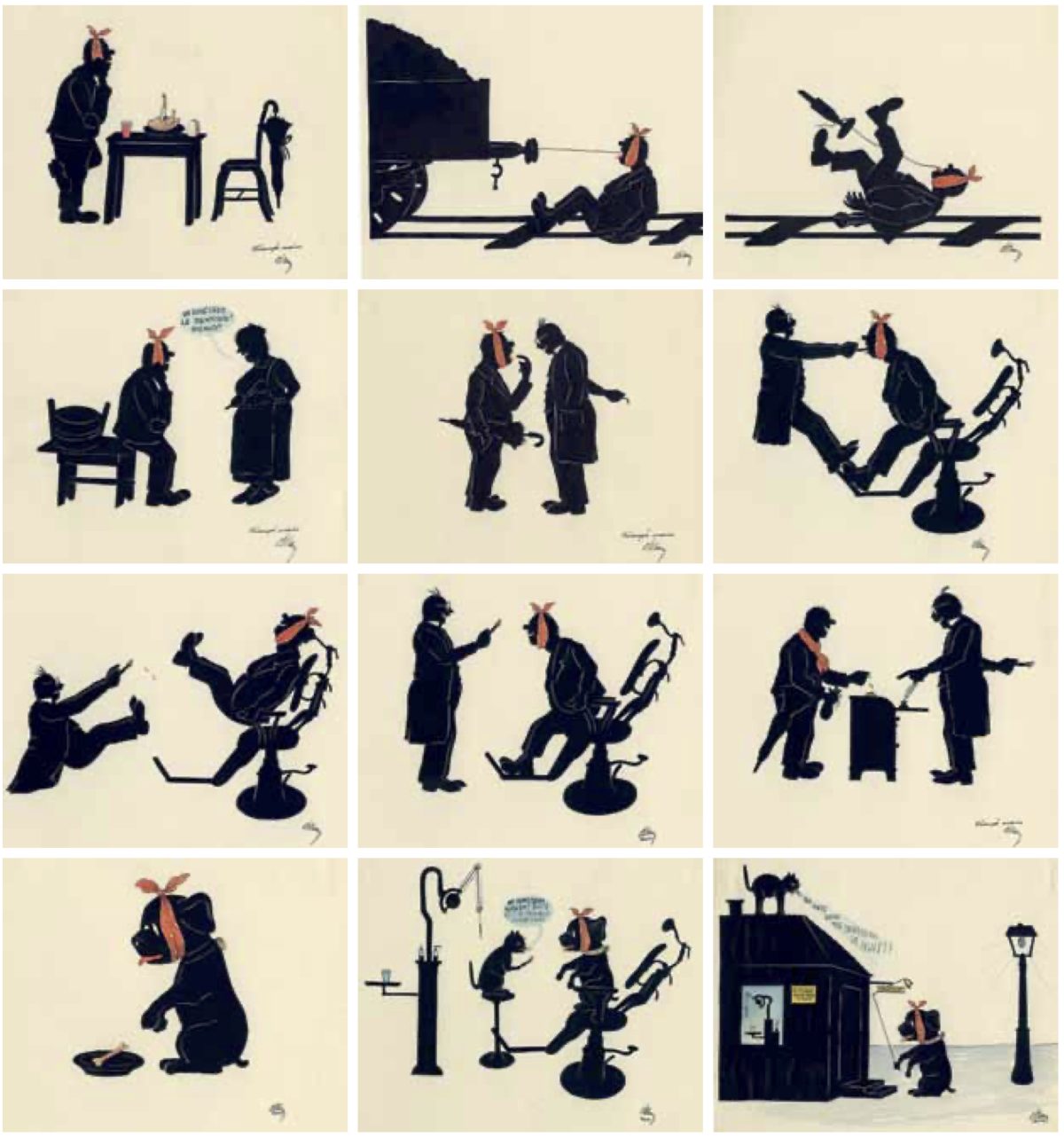
Dental Cartoons (ca. 1945) Otto elkan
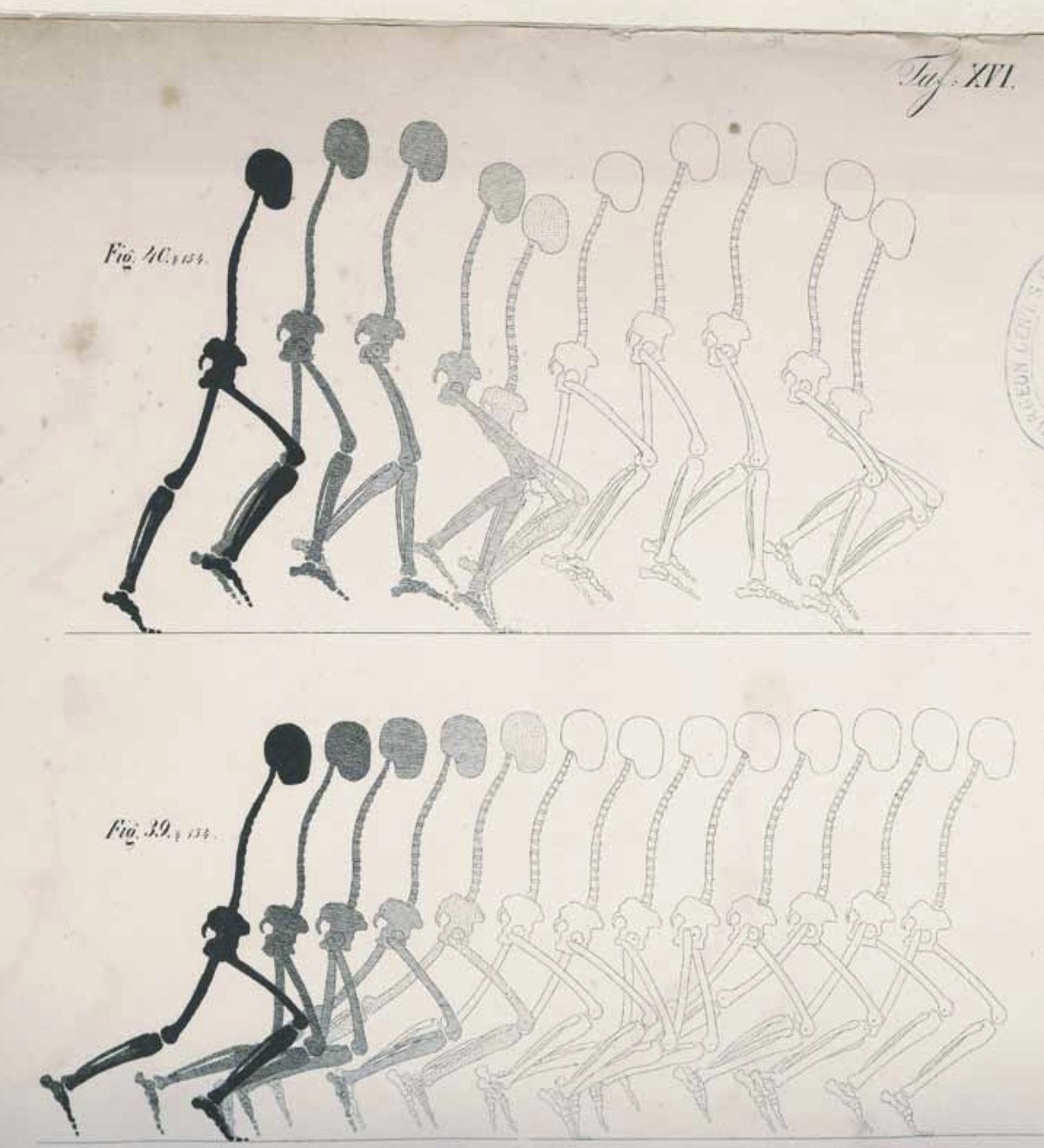
Mechanics of the Human Walking Apparatus (1836) Wilhelm Weber and Eduard Weber
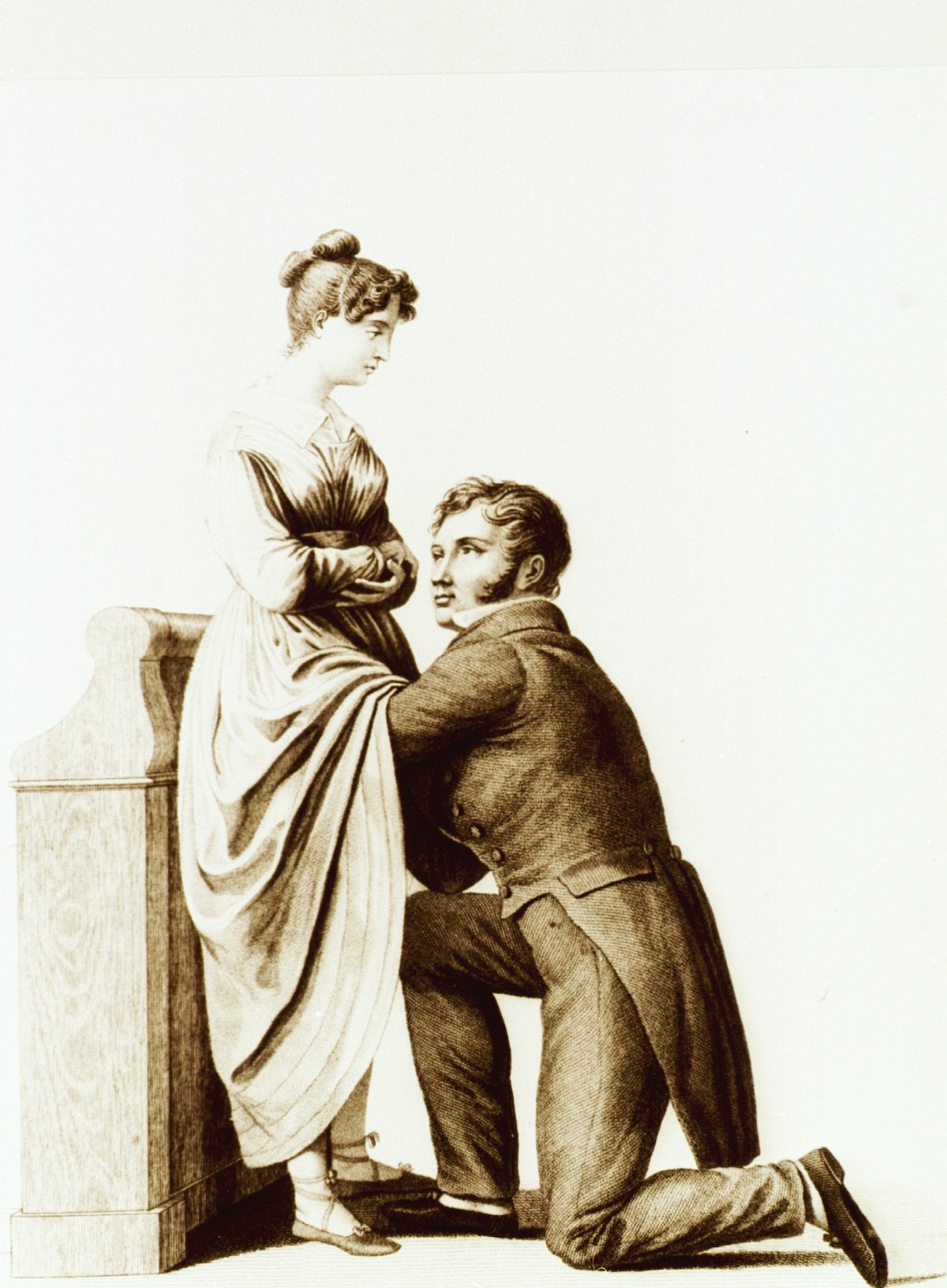
Obstetrical Examination Collection- Images from the History of Medicine (IHM) Author(s)- Maygrier, Jacques Pierre, 1771-1835, author Publication- Paris- Bechet, 1822
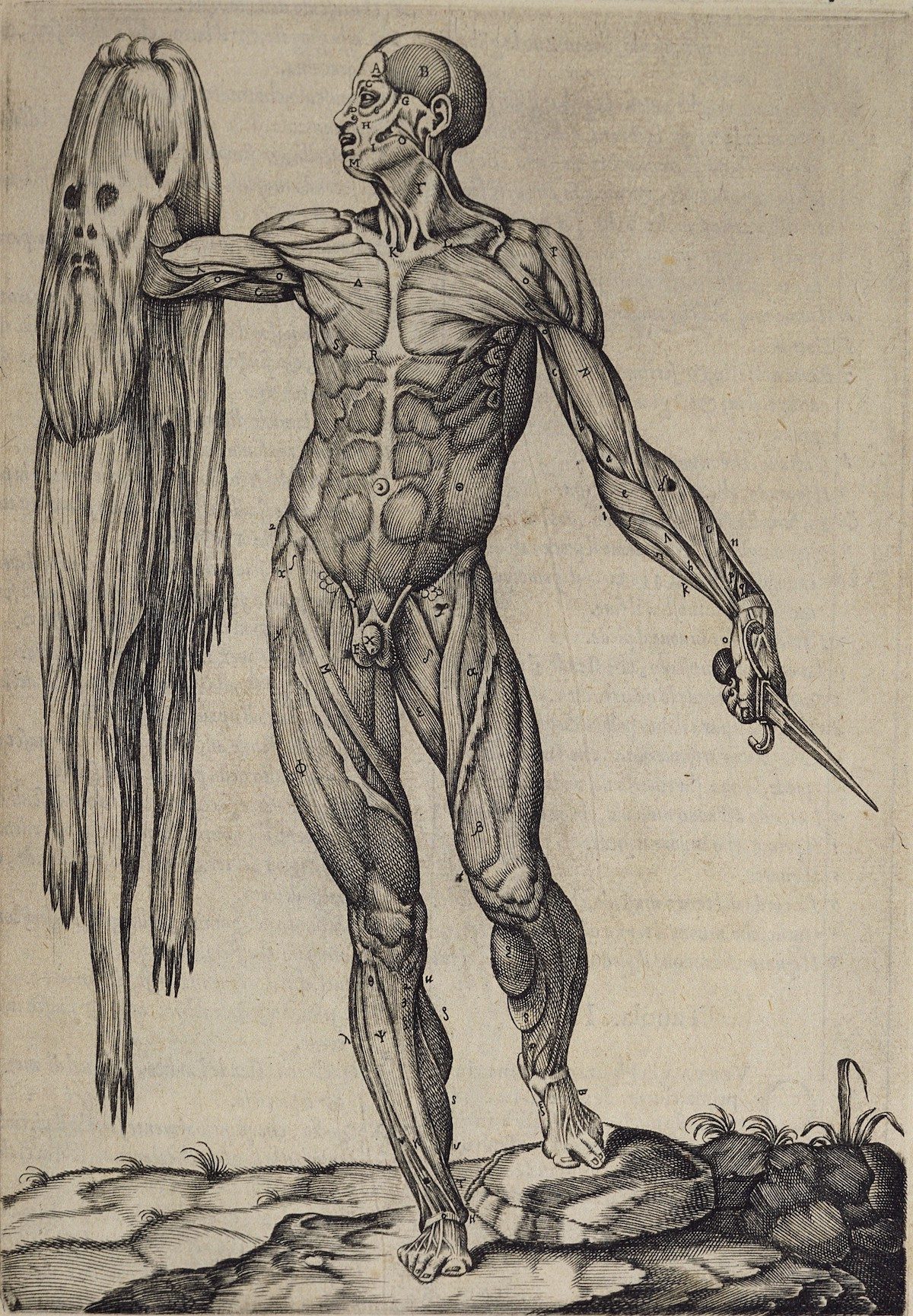
Flayed Cadaver Holds His Skin In One Hand and a Dissecting Knife In the Other – Valverde de Amusco, Juan, approximately 1525-approximately 1588 Publication- In Roma – Per Ant. Salamanca, et Antonio Lafrerj, 1550
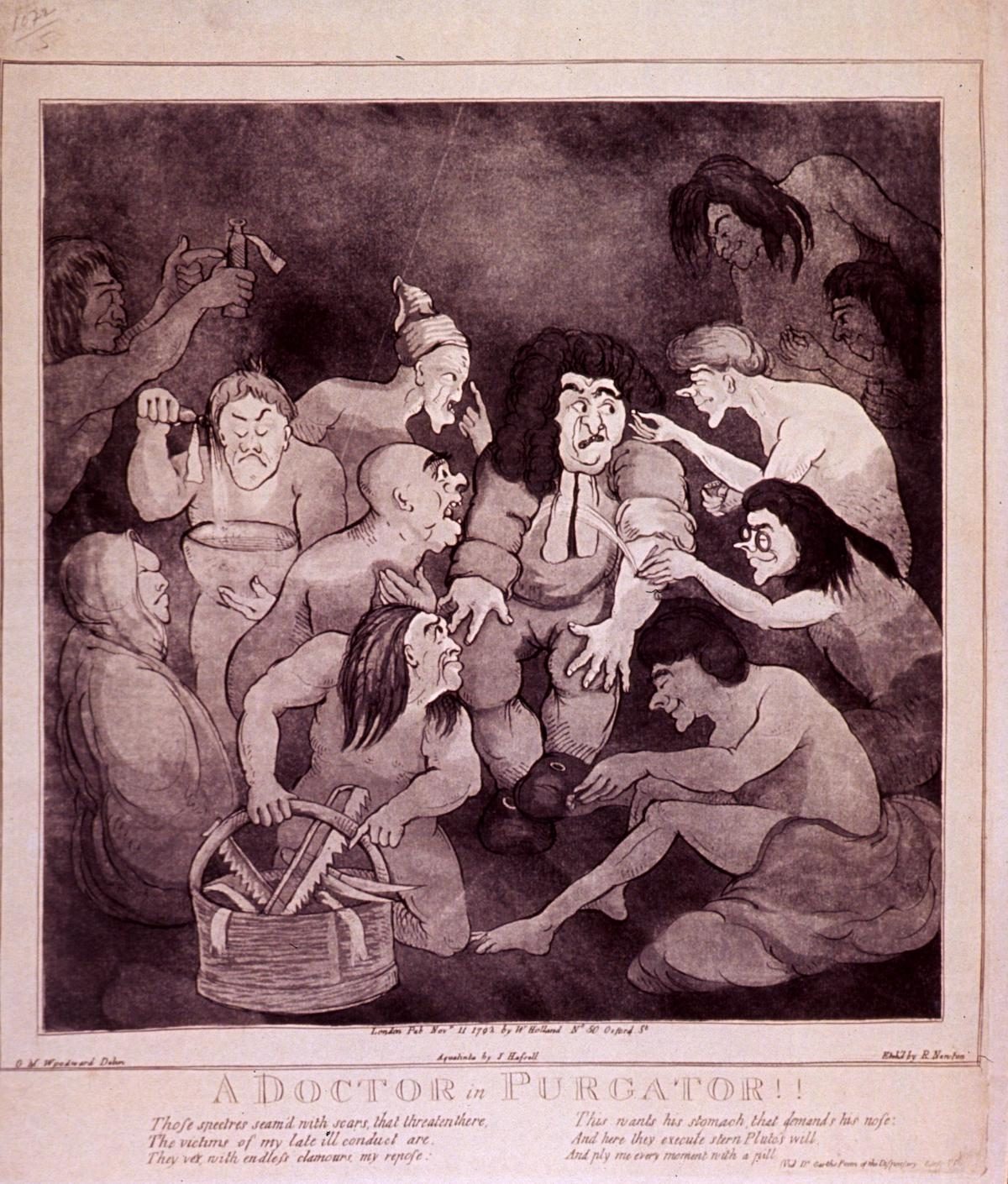
A doctor in purgator!! Author(s)- Woodward, G. M. (George Moutard), approximately 1760-1809.
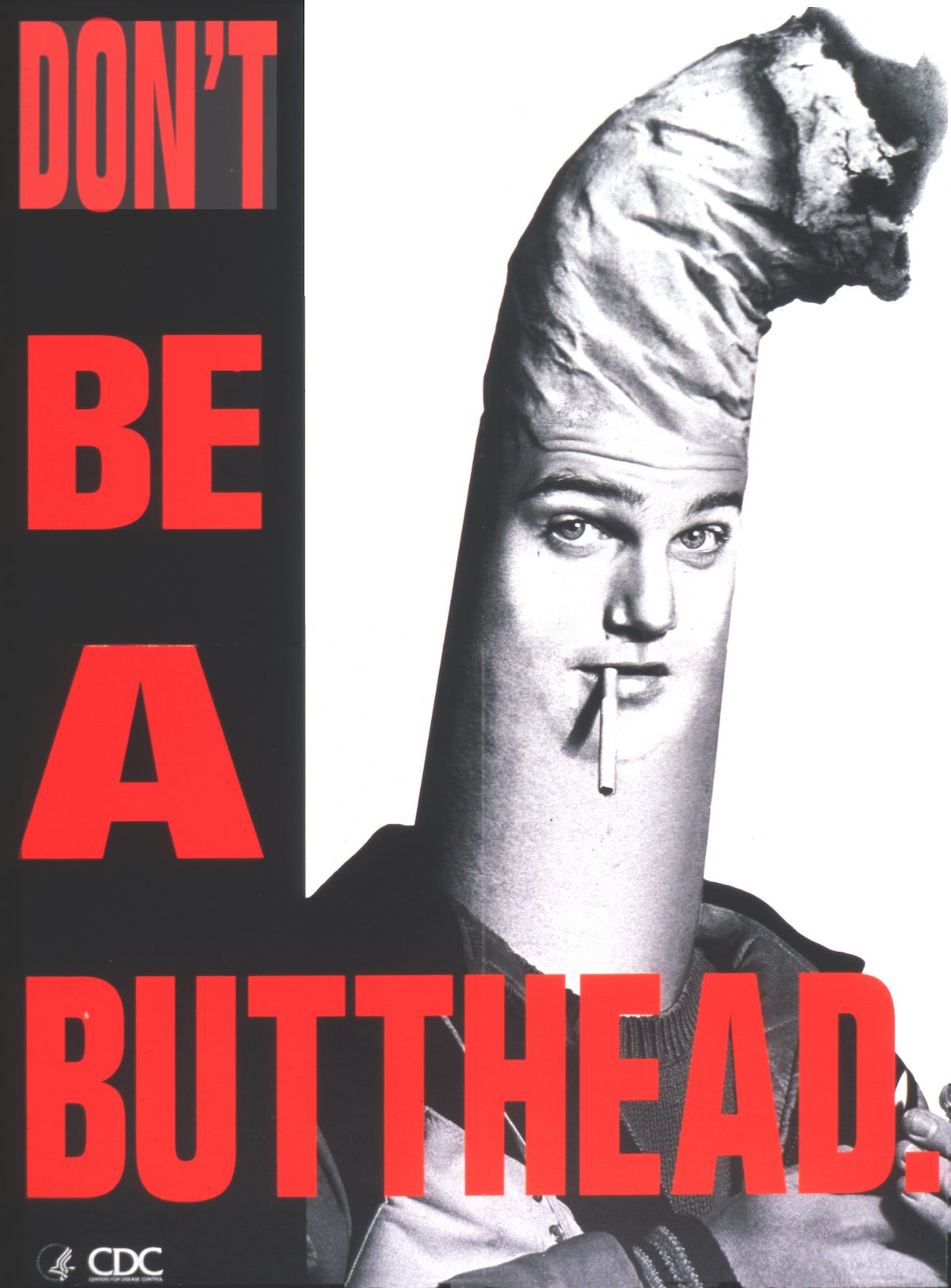
Don’t be a butthead Contributor(s)- Centers for Disease Control (U.S.) 1994
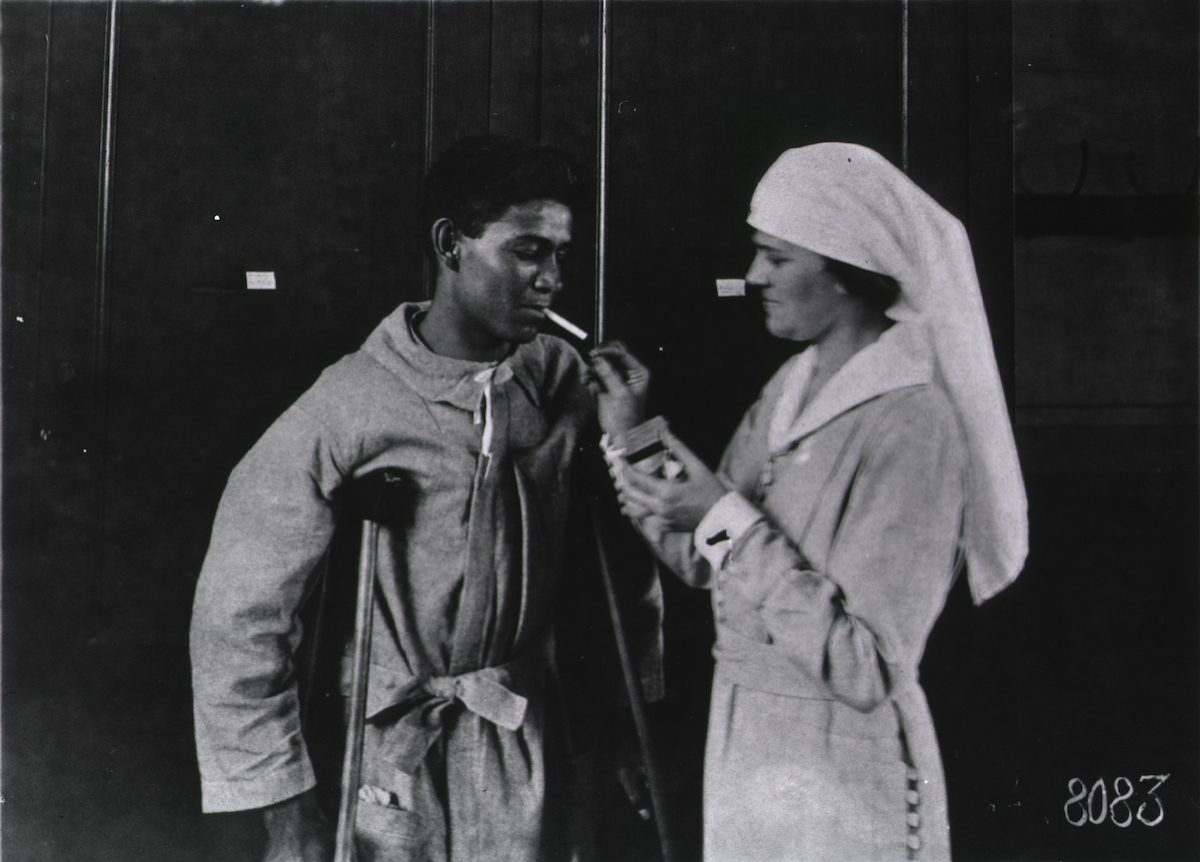
U. S. Army Base Hospital Number 41, Paris, France- A Mexican Fighting for America
Buy beautiful, odd and interesting medical images in the shop.
Images via National Library of Medicine. Text from the book Hidden Treasure: The National Library of Medicine, edited by Michael Sappol.
Would you like to support Flashbak?
Please consider making a donation to our site. We don't want to rely on ads to bring you the best of visual culture. You can also support us by signing up to our Mailing List. And you can also follow us on Facebook, Instagram and Twitter. For great art and culture delivered to your door, visit our shop.



